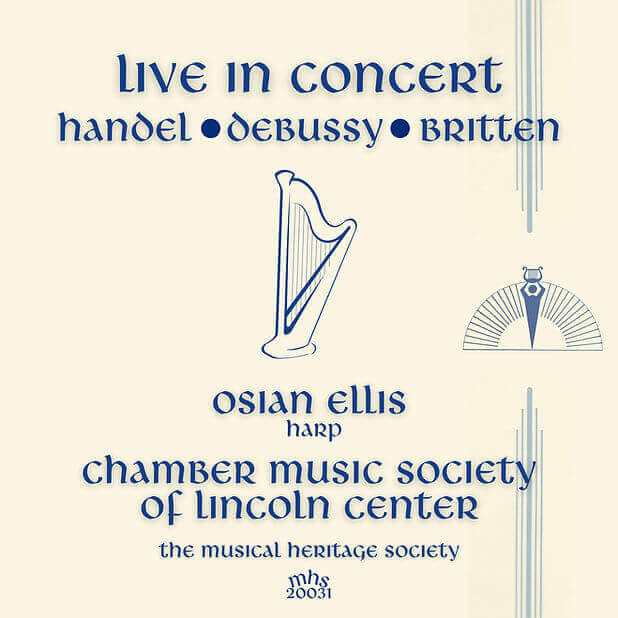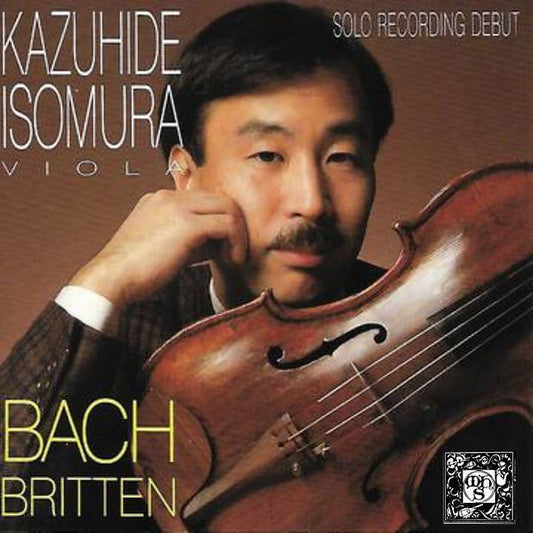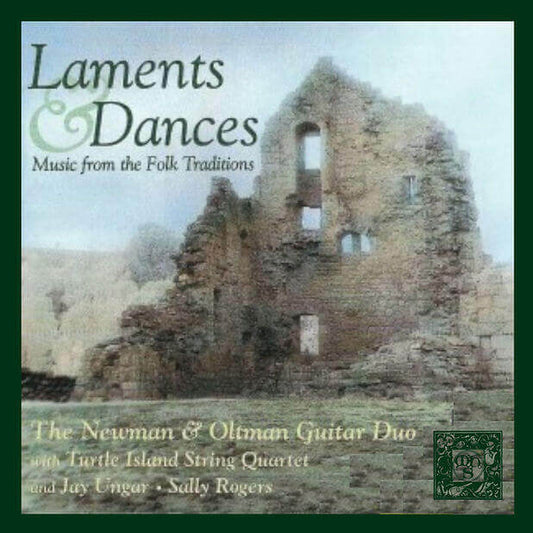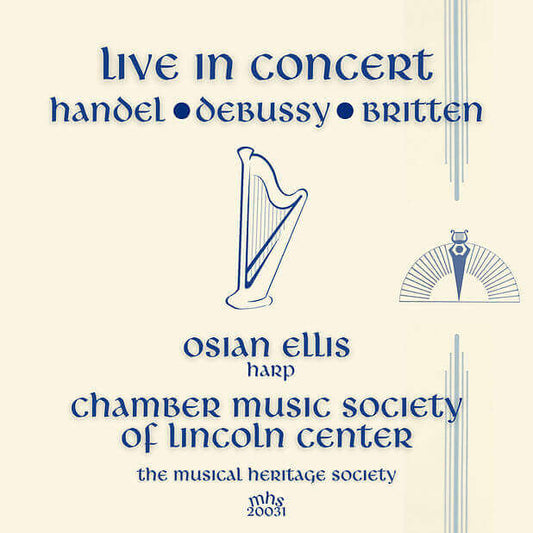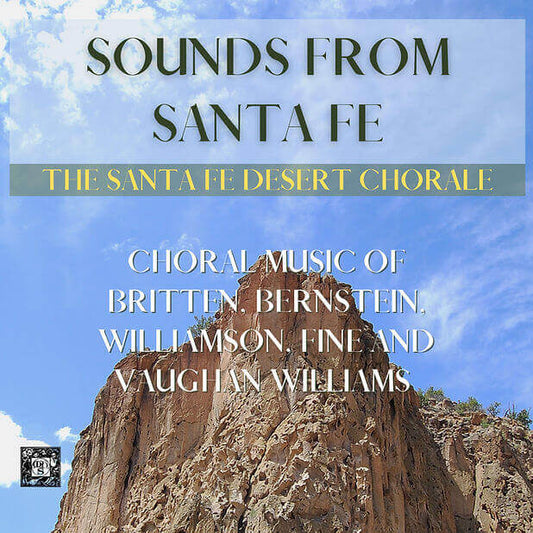1
/
of
1
BENJAMIN BRITTEN (1913-1976)
Live in Concert (Handel, Debussy, Britten) - Osian Ellis and the Chamber Music Society of Lincoln Center
Live in Concert (Handel, Debussy, Britten) - Osian Ellis and the Chamber Music Society of Lincoln Center
Live at Alice Tully Hall, New York City, 1981 - Osian Ellis performs two standards of the harp repertoire, as well as a work written for him by Benjamin Britten. Ellis' charming and helpful spoken introduction to the Britten harp suite is an added benefit.
AVAILABLE ON MAJOR STREAMING SERVICES
The harp is one of the most distinctive instruments of the modern orchestra, both in sound and appearance. However, the term harp also has a broader meaning which encompasses a whole family of stringed instruments of wide cultural distribution and origins possibly linked with those of the hunting bow of Stone Age man. Archeological artifacts, the earliest from about 3000 B.C., have established the existence of small harps in the ancient civilizations of Mesopotamia, Egypt, and Greece. The Old Testament Hebrews, on the other hand, appear to have had lyres but probably not harps, the popular association of King David and the harp being based on an erroneous interpretation of the biblical kinnor. In Europe, harps were in use in Ireland in the first century B.C. and in Wales by the first century A.D., being played to accompany the chanting or recitation of epic ballads and heroic tales, especially by blind minstrels. On the Continent, small harps which rested on the player's lap became common during the Middle Ages. Such instruments appear frequently in medieval iconographic depictions of everything from angelic consorts glorifying the Virgin to street entertainments by jugglers and acrobats. Beginning in the 16th century, the harp grew in size and complexity to keep pace withchanges in musical practice, especially the increased use of chromaticism and the evolution of idiomatic instrumental styles. For example, the arpa doppia in the orchestra of Monteverdi's L'Orfeo (1607) had, in addition to the normal set of diatonic strings, a second set to provide the accidentals. Later in the century, chromatic tones were obtained on some instruments through a system of manually operated hooks which shortened the strings, raising their pitch one half step. Around 1720 the Bavarian Hochbrucker introduced pedals to turn the hooks, making it possible to alter the length of the strings while playing. A little less than a century later the pedal apparatus was refined by Sebastien Erard, a Parisian instrument maker who invented the double-action mechanism by which seven two-notched pedals made available all major and minor keys. This instrument is in essence the modern harp.
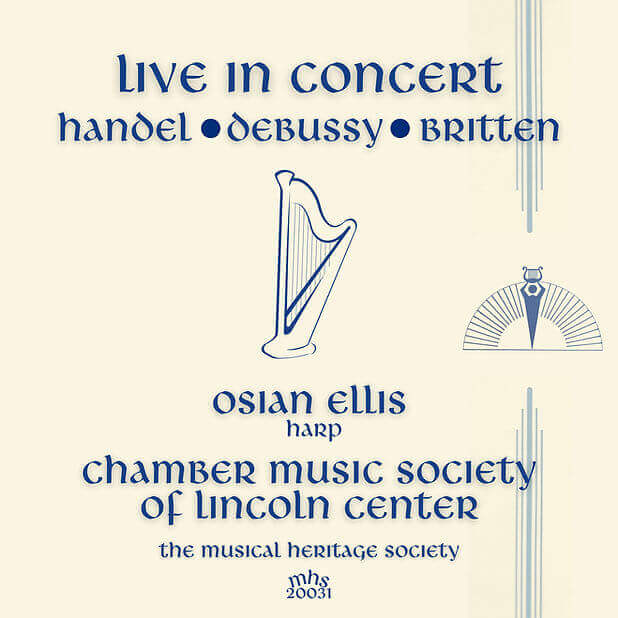
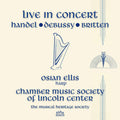
00:00
/
00:00
•
skip_previous
play_circle_outline
pause_circle_outline
skip_next
Also Available from The BENJAMIN BRITTEN (1913-1976)
-
STREAMING
Kazuhide Isomura: Solo Viola
ExploreRegular price $0.00Regular priceUnit price / per -
STREAMING
Laments & Dances: Music from the Folk Traditions - Newman...
ExploreRegular price $3.99Regular priceUnit price / per -
STREAMING
Live in Concert (Handel, Debussy, Britten) - Osian Ellis ...
ExploreRegular price $0.00Regular priceUnit price / per -
STREAMING
Sounds from Santa Fe - The Santa Fe Desert Chorale
ExploreRegular price $0.00Regular priceUnit price / per

